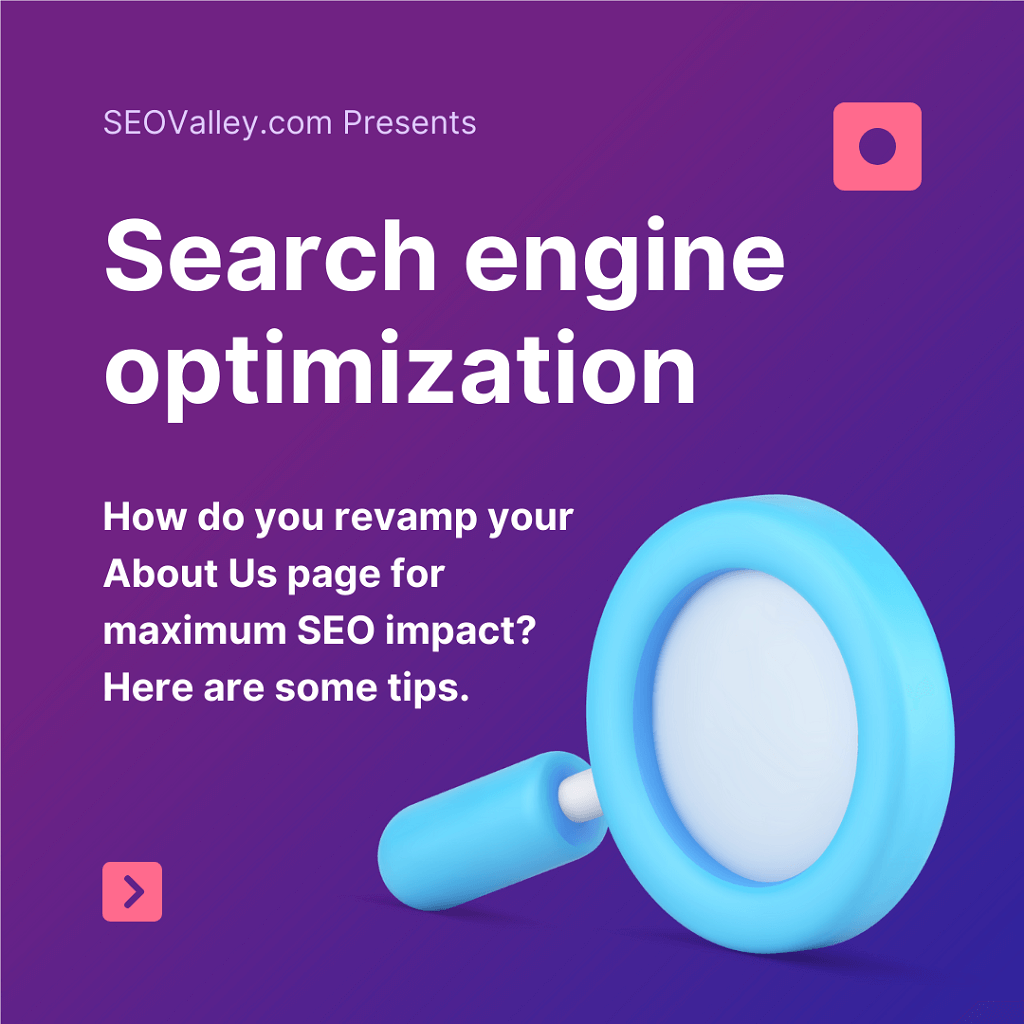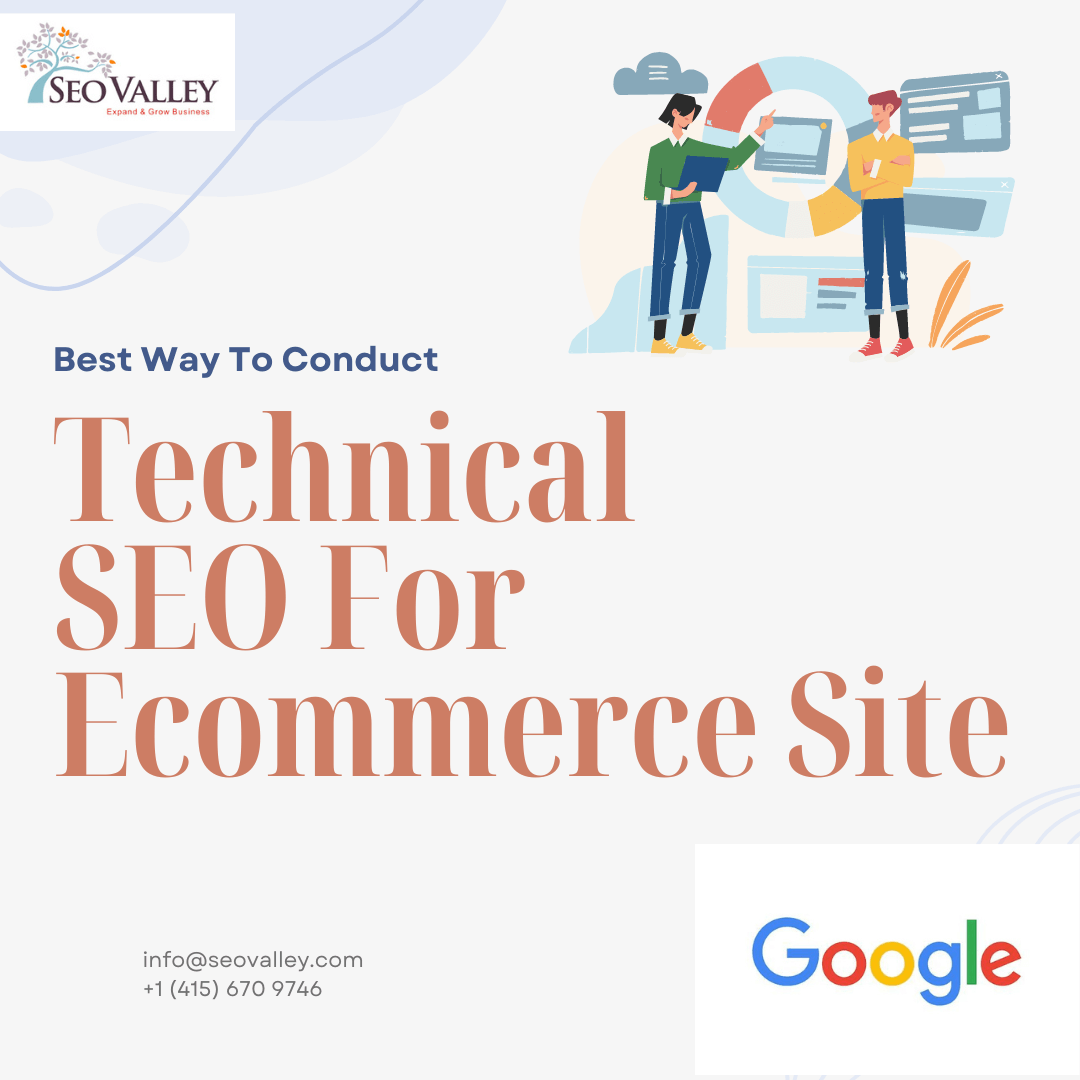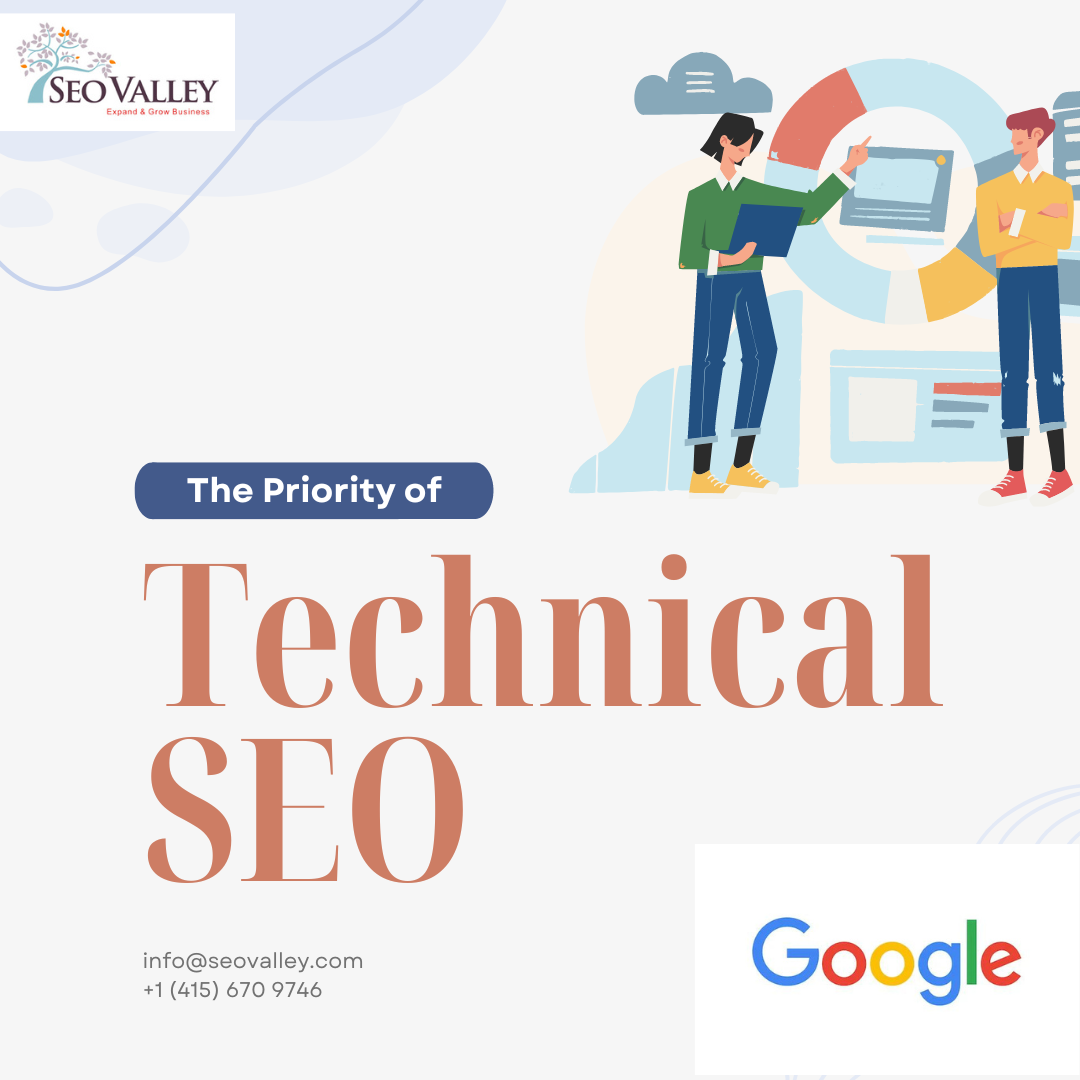An SEO audit is one of the most crucial steps in ensuring a well-executed SEO plan. It’s important to evaluate three elements on your website—particularly content length, the page itself, and the domain—to ensure their effectiveness and fix any fundamental issues early on.

Ready to start? Here’s what you need to know about each of them and how to audit them properly:
Content length
Website rankings can be impacted by the quality of your content and how it is organized.
You probably already know that thin content is never good for SEO, but that’s not all. There are other technical things that you must consider to determine how your content impacts your rankings. Besides fixing thin content, it also makes sense to check your image links, look for either “missing” or “too much” alt text on images, analyze the organization of text throughout the site, and check your use of Flash.
What you can do
If you use Screaming Frog to crawl the page, check the internal tab, click the arrow next to ‘filter’ and choose ‘HTML’.
Scroll to the right to find the Word Count column to identify thin content pages.
In most cases, you’ll know that navigation only takes up so many words, and you can assess from there if a page is thin.
If your site has a heavy menu of 150 words, a heavier 200-word footer but not much else, and content of 3,500 words on that page, then about 3,150 of those words make up the meaty part of that page. When in doubt, look further into the page using Google Chrome’s Word Count extension.
Understanding page load speeds through HTML
These days, rankings are also largely determined by page speed. According to John Mueller of Google, your load time should be kept at less than 2-3 seconds. PageSpeed Insights, a tool from Google, may not always be accurate. That’s why it’s recommended to use a minimum of 3 tools to identify page loading times.
Try WebPageTest to pinpoint server bottlenecks, or consider Google Analytics to determine page speed issues.
On-page factors
Crawl your site using tools like Screaming Frog and check on the following aspects:
- Keyword in title tag
- Keyword in description tag
- Title tag that starts with a keyword
- Keyword is in the H1 tag
- The document has a most frequently used keyword.
Go over EAT
Google uses the EAT framework, which stands for Expertise, Authoritativeness, and Trustworthiness to assess the quality and strength of a web page. Here’s the low-down on each:
- Expertise – You must be considered an expert-level contributor in your field. This means having the skills of the main content creator and it should be mentioned in the content.
- Authoritativeness – Show you’re the authority of the main content creator. You can get that from your own expertise or your writers.
- Trustworthiness – Demonstrate to users that they can trust you as the content creator. This is especially important for ecommerce websites because users must feel safe when transacting online. Invest in an SSL certificate, as this is among the scoring signals used by Google.
The basics
Don’t forget to cover the basics on your SEO audit. These are the SEO-integrated headlines, the writing, images, keyword integration, and internal and external links.
Domain
Did you know that your domain name can have an indirect impact on the success of your SEO? It’s important to make sure that:
- The domain name suits your business and your SEO objectives.
- The domain name is easy to find and promote using internet marketing.
- It is easy to type and is short.
Try to avoid hyphens and numbers, as domains that have them are often perceived as spammy. It’s best to have your own unique and memorable domain name, but remember to perform some due diligence when buying one. Use SEMrush, Ahrefs, and Majestic to check the domain.
Do you need a comprehensive SEO audit? We’re here to help. Contact SEOValley today.





